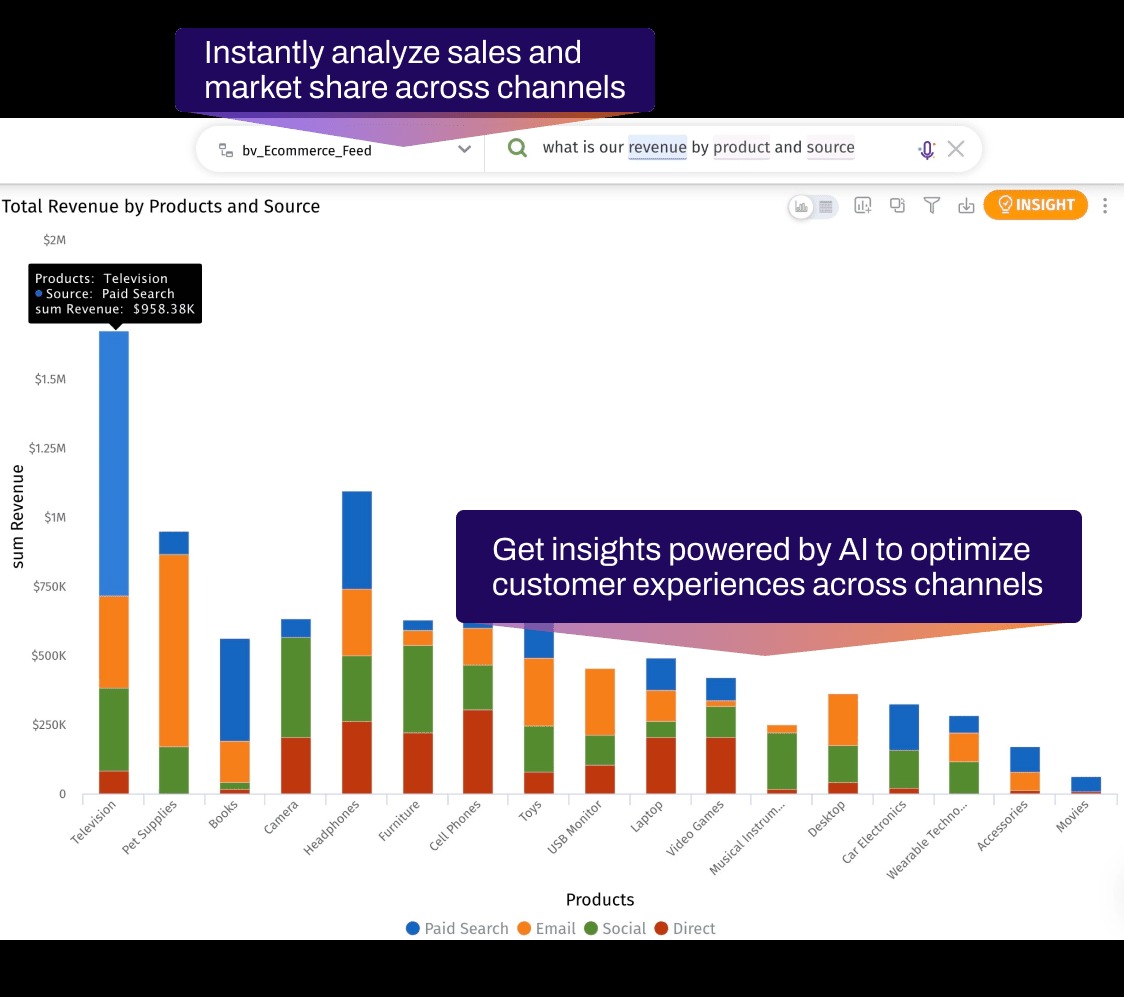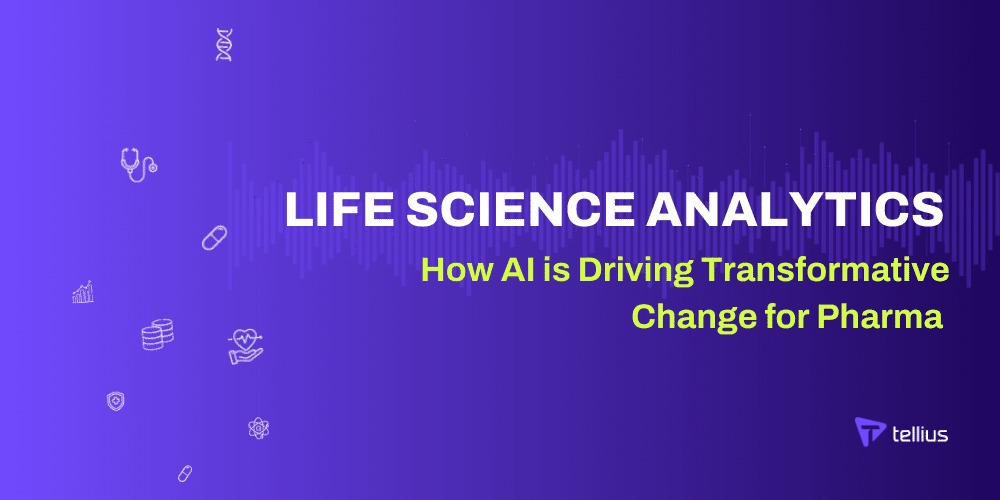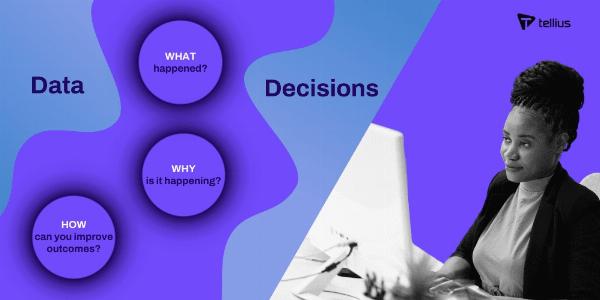How Payer Analytics Is Transforming Healthcare Efficiency and Outcomes

Payer analytics is the process of collecting, analyzing, and leveraging data to optimize health plan performance. It provides deep insights into member behavior, provider performance, claims data, and financial trends—empowering payers to drive cost-effective care and improve outcomes.
What Is Payer Analytics?
Payer analytics encompasses a broad range of capabilities designed to enhance the operational and strategic functions of health insurers. These include:
- Claims Analytics: Detecting billing inconsistencies, fraud, waste, and abuse.
-
Member Analytics: Understanding patient risk profiles, care gaps, and engagement trends.
- Provider Analytics: Evaluating the efficiency, cost-effectiveness, and outcomes of care providers.
-
Utilization Management: Monitoring how services are used and identifying opportunities to streamline care.
- Cost Forecasting: Using predictive models to estimate future healthcare expenditures and plan accordingly.
By integrating data from multiple sources—such as EHRs, claims, pharmacy records, lab results, and social determinants of health (SDOH)—payer analytics offers a 360-degree view of both individual members and population health trends.
The Value of Payer Analytics in the Healthcare Ecosystem
1. Improved Risk Stratification
Using historical data and predictive modeling, payers can identify high-risk members who may require proactive interventions. This enables more personalized care management and helps prevent costly emergency visits or hospitalizations.
2. Fraud and Waste Reduction
Payer analytics platforms can spot patterns and anomalies that signal fraudulent activity, such as upcoding or duplicate billing. This not only saves money but also ensures integrity within the healthcare system.
3. Enhanced Network Optimization
By analyzing provider performance across key metrics—such as cost per patient, readmission rates, and patient satisfaction—payers can optimize their provider networks. This leads to better outcomes and cost savings.
4. Data-Driven Policy and Contracting
With clearer visibility into provider and member behavior, payers can structure smarter contracts, implement value-based payment models, and refine coverage policies based on what truly delivers results.
5. Better Member Engagement
Payer analytics helps segment members by demographic, behavioral, or clinical factors, enabling more tailored outreach strategies. Engaged members are more likely to seek preventive care, adhere to treatment plans, and make healthier choices.
Real-World Applications of Payer Analytics
-
Reducing ER Overuse: A large insurer used analytics to identify frequent ER users and implemented education and case management programs that redirected care to more appropriate, cost-effective settings.
-
Value-Based Care Tracking: Managed care organizations use payer analytics to track provider adherence to quality measures tied to value-based reimbursement contracts.
- Chronic Disease Management: By flagging members at risk of developing chronic conditions, payers can implement targeted wellness and intervention programs to slow disease progression and reduce long-term costs.
Challenges and Future Outlook
While payer analytics offers tremendous value, it also comes with challenges. Data silos, inconsistent data formats, and privacy concerns can limit effectiveness. However, the growing adoption of interoperability standards (like FHIR) and advancements in AI and machine learning are rapidly addressing these issues.
Looking ahead, payer analytics will become even more sophisticated—combining real-time monitoring with predictive and prescriptive insights. As health data becomes more comprehensive, payers will be able to forecast risks, automate decisions, and deliver more member-centric care.
Final Thoughts
Payer analytics is not just a buzzword—it’s a strategic necessity in modern healthcare. By turning vast amounts of data into actionable insights, payers can reduce costs, improve quality, and navigate the shift to value-based care with confidence.
Organizations that invest in payer analytics today are positioning themselves for long-term success, both financially and in their mission to support healthier populations.
Note: IndiBlogHub features both user-submitted and editorial content. We do not verify third-party contributions. Read our Disclaimer and Privacy Policyfor details.







